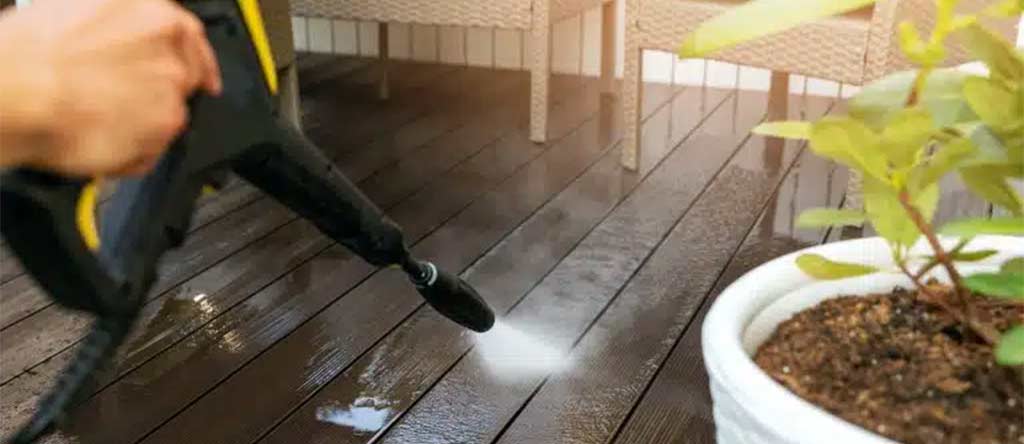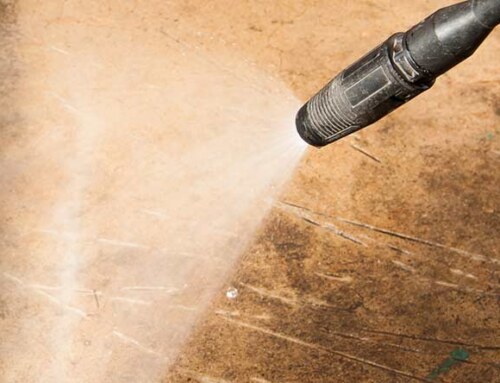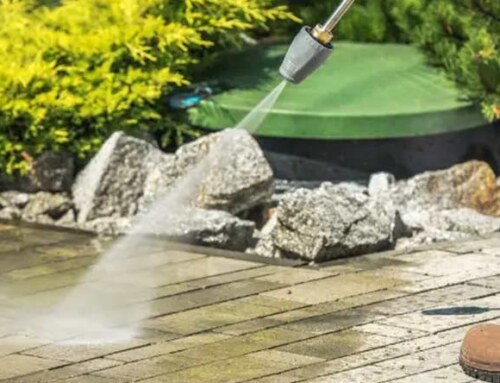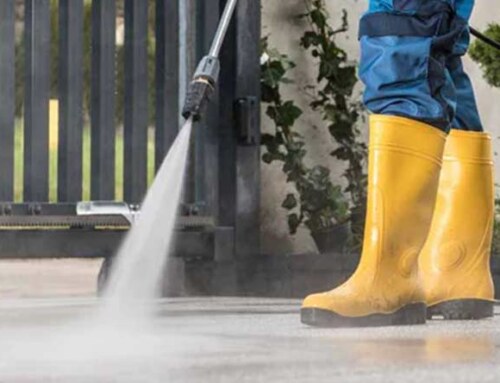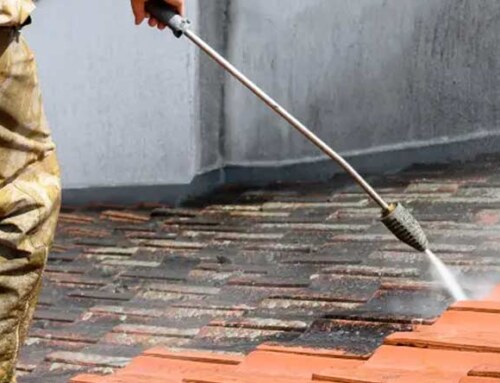Regarding thorough cleaning and improvement, pressure washing is a powerful method for cleaning various surfaces. It can remove stubborn stains, such as oil, grime, algae, and mold. However, because it uses high-pressure water pumps, there is a chance that it might damage your paint. To avoid this situation, you’ll need to take some precautions to prevent damage to your property.
Pressure washing can be a double-edged sword when it comes to paint. On the one hand, it’s an effective way of preparing surfaces for repainting by stripping away old layers that may have become peeling or flaking over time. However, if preserving the existing paint job is your primary goal, then using too much force during pressure washing could cause damage instead!
How does pressure washing remove paint?
Several factors are crucial in determining whether pressure washing can remove paint. Removing paint is not easy, but one factor that may cause it to happen is the pressure level. Higher pressures are likely to remove coatings from surfaces, whereas a seemingly low-pressure setting may still strip away paint if the spray is directed at a sharp angle. To avoid this issue, take care by adjusting your approach accordingly.
The closer we hold the pressure washer to a surface, the more forceful its impact becomes. This increased power can result in paint removal if we are not careful. To avoid damaging surfaces while cleaning them with a pressure washer, always keep it at an appropriate distance from what we’re trying to clean.
Each surface has its own unique characteristics that affect how it interacts with paint removal products. For instance, wood is more susceptible to damage than concrete when using these types of cleaners.
The type of paint plays a crucial role in determining how easily it can be removed. Old, loose paints are easier to remove, while fresh, well-adhered ones require more effort and skill. It is essential that you consider this factor when planning a pressure washing.
Pressure Washing Your Home Without Damage
We need to take certain precautions to avoid harming our home’s exterior while cleaning it with pressure washing.
The equipment used in pressure washing plays a crucial role in achieving optimal results. Residential pressure washers range from 1,300 PSI upwards of 3,100 PSI; however, an ideal choice for most home cleaning tasks would be one with between 1,500 and 2,800 PSI. This ensures you have the right tool for any job size or type.
To avoid causing extensive damage across a large surface section, it’s important to test cleaning methods on an inconspicuous area first. This allows us to gauge how well your chosen method works with different types of paint and ensure that you’re using it correctly before proceeding full throttle.
Maintaining a safe distance from the surface is essential to ensure safety while cleaning. Aim for at least 6-12 inches between your nozzle and what you’re trying to clean to regulate pressure impact effectively. This approach will help prevent any potential accidents or damage caused by excessive force during cleaning tasks. The angle at which we direct the nozzle significantly impacts pressure force. A narrow aim results in vital paint removal, while wider angles distribute force, lessening the chances for paint loss.
Pressure Washing vs. Power Washing – Which Is Best for Paint?
Pressure washing and power washing are commonly used terms that refer to different processes. To determine which method is best suited for maintaining our home’s paint, we need to explore their differences.
Pressure washing is an excellent option for those looking to clean their surfaces effectively. This method utilizes high-pressure water that can easily remove loose paint, dirt, mildew, and grime. With its effectiveness proven time after time, it’s worth considering as an alternative for your next cleaning project!
On the other hand, power washing is a variation of pressure washing that incorporates heated water to effectively remove harsh substances such as mold and oil. This method is beneficial when dealing with stubborn stains or surface buildup.
When it comes to cleaning painted surfaces, pressure washing is often the safest option. This method doesn’t involve heat, which makes it gentler on your paint and reduces any potential for damage during use. However, if you need to completely remove old layers before applying new coats, then power washing can be an excellent choice. It is effective for stripping away unwanted material quickly and efficiently.
Pressure washing can remove paint from a home’s exterior, but with proper control and techniques, we can avoid causing harm. The choice between using power or pressure washing depends on individual needs and the condition of the paint itself. It really is about whether you want to preserve the paint or actually want to change it.
Consequently, understanding its nuances is critical to achieving optimal pressure washing results. Klein Pressure Washing offers professional assistance and personalized advice tailored specifically for each scenario, ensuring cleanliness and care are prioritized throughout every task our team of experts performs. So, what are you waiting for? Contact us today!
